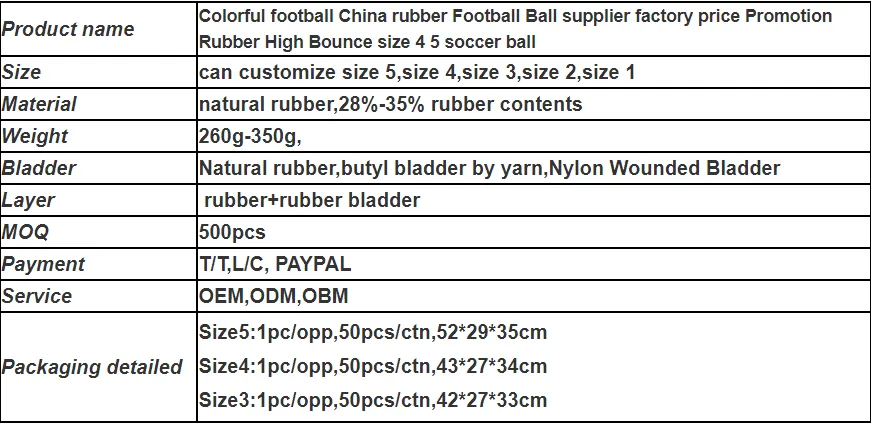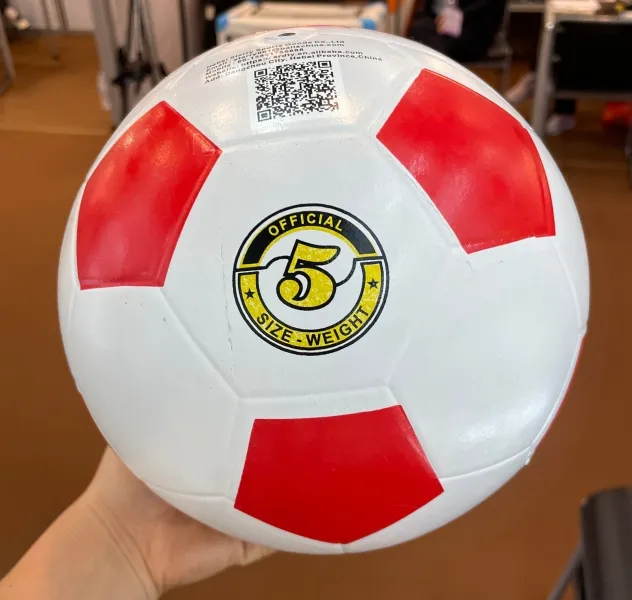Navigating the market for volleyball ball prices involves understanding the interplay of material quality, brand reputation, and performance features. As a seasoned SEO specialist, I will guide you through these factors to help you make an informed purchase decision and enhance your online purchasing experience.

Volleyball balls are quintessential to the sport, yet choosing the perfect ball is not purely about selecting the most eye-catching design or the cheapest option available. It requires a keen understanding of what makes a quality ball and how to balance cost with desirable features to ensure it meets your playing needs.
The primary factor impacting the price of a volleyball ball is the material used in its construction. Standard options include leather, synthetic leather, and rubber. Leather balls, often the priciest, offer exceptional grip and control, favored in professional environments such as collegiate championships and international tournaments. Leather's natural fibers provide superior tactile feedback, thus making it a quintessential choice for players seeking top-notch performance.

Synthetic leather, a cost-effective alternative, offers reasonable durability and consistency in terms of bounce and performance. It's often employed in middle and high school competitions where budgets might be restricted, yet there's still a need for quality gameplay. Rubber volleyballs, on the other hand, are the most economical option, predominantly used for recreational or beginner settings. They offer extensive durability but may compromise on touch and control.
Brand reputation is a significant driver in the pricing of volleyball balls. Renowned brands such as Mikasa, Molten, and Wilson are synonymous with high quality and reliability. These brands invest in research and development to produce balls that not only meet, but often exceed professional standards. Consequently, balls from these manufacturers generally come at a premium. However, the investment may translate into enhanced longevity and performance, often accompanied by warranties or guarantees that underscore their commitment to quality.
volleyball ball price
When considering volleyball ball prices, one must also evaluate the ball's performance features. These include weight, size, and designed specifications which align with official competitive standards. For example, FIFA-approved balls adhere to stringent weight and dimension guidelines which ensure consistency during gameplay. Opting for such standardized balls can be advantageous in formal training environments where practice conditions mirror competition settings.
Additionally, touch on the technological innovations integrated into contemporary volleyball ball designs. These advancements might include features like moisture resistance, which prevents the ball from absorbing sweat and water, thereby maintaining consistent weight and performance throughout a match. Others may incorporate aerodynamic design elements that enhance flight stability and control.
Purchasing a volleyball ball online demands scrutiny not just of the product, but also the platform from which you are buying. eCommerce websites with customer reviews and transparent return policies tend to be more trustworthy. User reviews can offer insight into the real-world performance and durability of the volleyball ball, reflecting both praise and potential drawbacks encountered by previous customers.
In conclusion, a well-informed purchase decision for a volleyball ball hinges on understanding how material composition, brand prestige, and performance features influence price. By investing the time to research and evaluate these factors, you’re not just buying a ball; you’re enhancing your playing experience, potentially elevating your skills and enjoyment of the game. Whether you are a coach looking for training equipment or an enthusiast eager to invest in a reliable ball, these insights can serve as a valuable resource in your purchasing journey.













